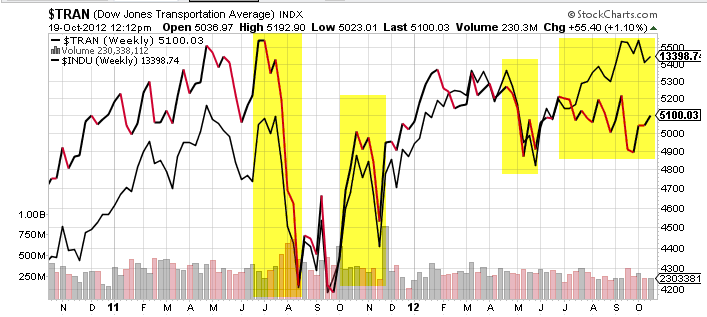 Author: Bob Gay, GEARS
Author: Bob Gay, GEARS
Covestor model: Luxury Liner
The Luxury Liner’s investment strategy is to buy shares of improving fundamentals companies when shares are depressed and impose a strategic hedge when shares are extended. After the correction last summer, the population of depressed shares increased significantly. After collection of the second quarter financial statements was completed in September, we measured that the majority of companies continue to accelerate shareholder wealth.
Persistent share weakness during September resulted in the Luxury Liner becoming fully invested and the strategic hedge removed. That high level of exposure to stocks produced a sharp decline in the performance of the Luxury Liner in September and a steep recovery in October, taking Luxury Liner’s returns since inception to a new high.
The Luxury Liner strategy is not designed for such swings and the steep decline in performance at the end of September was a reflection of how unusual the September market was. The analysis of second quarter financial statements suggested that the recovery leadership was shifting from consumer durables spending to capital goods spending. There was no evidence of an overall peak in fundamentals. Still, the combination of increased perceived risk of stocks and fears of a slowdown in growth took share prices and bond yields to new lows in September. Here is a brief recording I made with a review of the second quarter numbers.
Successful investing through a volatile market requires conviction and discipline. Too often, investors are spooked by a market drop and make the mistake of selling weak shares. There is also a tendency to seek defensive investments after a correction. This “after the horse has left the barn” approach to investing is almost always a mistake.
In the recent summer correction, shares of more volatile stocks dropped the most. The luxury Liner discipline buys those depressed shares for companies that are profitable and improving. That can lead to a large exposure to more volatile stocks and in extremes result in an unleveraged portfolio. By the end of September we had both, and the Luxury Liner had the largest exposure to stocks in its record. The October rally was a strong rebound from the unusually depressed market of September and the value of the Luxury Liner model moved to a new high. As the population of unusually depressed shares has fallen this month, we have imposed a strategic hedge consistent with the Luxury Liner strategy. Still the strategy remains exposed to more volatile stocks and the hedge is small.
The third quarter 2011 financial statements that we have collected so far support our contention that despite all the concern about macro-economic weakness, companies continue to accelerate. With financial conditions improved, companies are beginning to increase capital expenditures. We have seen this cyclical pattern before from U.S. companies and using history as a guide, the next few years will likely bring strong corporate growth, higher commodity prices, higher inflation and rising interest rates.
Assuming the capital goods driven cyclical advance unfolds as it has in the past, the peak will be evident in early 2013. I anticipate stocks will be 30% higher and long bonds will be 20% lower. Of the major asset classes, only stocks will produce an acceptable return in this late cycle scenario.
Fortunately we do not have to make decisions on such blind faith. In the next few weeks all public companies will deliver financial statements for the third quarter and we will have a clearer picture of the path of corporate growth. Over 50 years of data experience shows that we will be able to observe the peak in corporate growth when it appears. Sales growth will fall, costs will rise and, inventories with increase.
For now, we are in the acceleration stage of the corporate growth cycle. Even after the October rally, shares are still depressed and I believe investors should be increasing exposure to stocks and reducing investments in fixed income securities.



